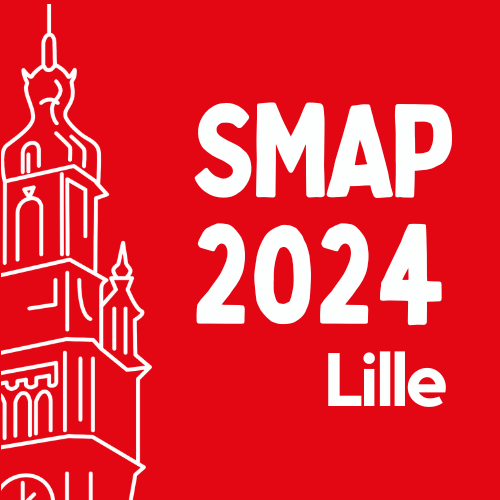
Session: Session 1
Atheroprotective function of KLF4-NaVβ3 pathway in endothelial cells in response to laminar shear stress.
The endothelial cell (EC) is a central actor to maintain vascular tone and homeostasis. The endothelial function is mainly stimulated by the shear stress generated by blood flow. The physical forces produced by flow are detected by many mechanosensors, which trigger intracellular signaling pathways. Among these sensors, ion channels have been identified such as Voltage-gated Na+ (NaV) channels, so we aim to investigate their implications in EC in response to shear stress.
Confluent Human Umbilical Vein EC (HUVEC) and Human Aorta EC (TeloHAEC) were exposed to laminar (LSS) or oscillatory shear stress (OSS). Cell orientation was quantified by local gradient orientation method. While RTqPCR and western blot were used to characterize NaV channel subunits at both transcriptional and protein levels, a global quantitative proteomic analysis has been performed to identify a specific LSS- and OSS-mediated protein signatures. Unlike an OSS, a LSS promoted cell orientation and KLF4-induced atheroprotective signaling pathway in HUVEC and TeloHAEC. Interestingly, LSS deep alters NaV channels subunits expressions in EC, including NaVβ3 which was greatly increased. RNA interference experiments demonstrated LSS-mediated KLF4 expression led to NaVβ3 induction, suggesting this transcription factor might be involved directly in NaVβ3 regulation. Moreover, we observed both KLF4 and NaVβ3 regulate cell alignment in response to LSS. Indeed, OSS, an atherogenic flow, did not induce cell alignment neither activation of atheroprotective KLF4-NaVβ3 signaling pathway. Identification of NaVβ3 interactome highlighted new potential partners implicated in autophagy, suggesting a new function of NaVβ3 in establishment of endothelial remodeling in response to LSS.